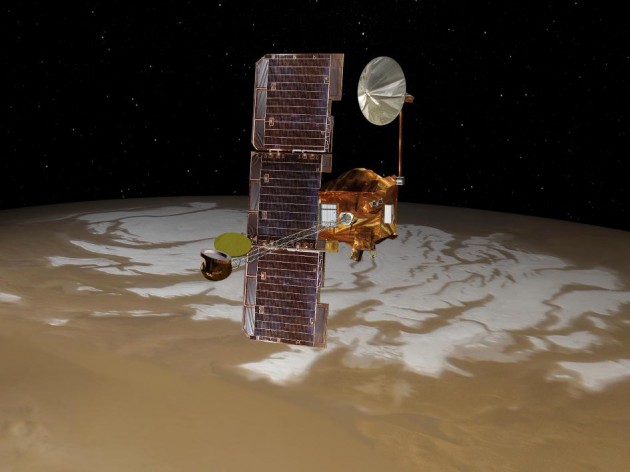
Waste heat from major cities is contributing to warmer winters, according to a new study. (Photo: Petr Magera via Creative Commons at Flickr)
Everyday energy consumption in urban areas could be significant enough to cause winter temperatures to rise.
According to a new study funded by the US National Oceanic and Atmospheric Administration (NOAA), waste heat released in major cities in the Northern Hemisphere in the northern-most parts of North America and Eurasia.
“The world’s most populated metropolitan areas, which also have the highest rates of energy consumption, are along the east and west coasts of the North American and Eurasian continents, underneath the most prominent atmospheric circulation troughs and ridges,” said Ming Cai, from Florida State University and an author of the study. “The concentrated and intensive release of waste energy in these areas causes a noticeable interruption to normal atmospheric circulation systems, leading to remote surface temperature changes far away from the regions where the waste heat is generated.”
According to the study published Nature Climate Change, the total amount of energy consumed throughout the world in 2006 was 16 terawatts, 16 trillion watts with 6.7 terawatts of that amount consumed within the 86 metropolitan areas considered in the study.
“The burning of fossil fuel not only emits greenhouse gases but also directly effects temperatures because of heat that escapes from sources like buildings and cars,” said Aixue Hu of the National Center for Atmospheric Research in Boulder, Colorado, another of the study’s authors.
The excess energy and resulting warmer winter temperatures could also help explain the discrepancies between actual observed warming over the last half-century, compared to the amount of warming that computer models have been able to account for.

US National Weather Service illustration of two atmospheric systems known as jet streams traveling northeast across the United States. (NOAA)
Waste heat from urban areas is different from energy found naturally in atmosphere, such as what’s produced by our Sun-warmed planet. That atmospheric energy is normally distributed from one region to another by various circulation systems, like the Jet Stream.
Humans consume energy produced by fossil fuel sources, oil and coal, that have stayed hidden and unused for millions of years. Although the amount of energy produced and used by humans represents only a small portion of what’s actually transported throughout the atmosphere by nature, the researchers say that it is highly concentrated in urban areas.
“What we found is that energy use from multiple urban areas collectively can warm the atmosphere remotely, thousands of miles away from the energy consumption regions,” said study co-author Guang Zhang, from Scripps Institution of Oceanography. “This is accomplished through atmospheric circulation change.”
The influence of heat generated in urban areas can widen the jet stream and strengthen atmospheric flows in regions located at mid-latitudes, areas which lie between the tropics and the polar regions of the world.
Researchers point out this warming effect generated by urban heat is not necessarily even and uniform throughout the world. They say changes in major atmospheric systems, that can cool parts of Europe by up to 1 degree C mostly during the fall, can offset this heating effect. That’s why the impact of the urban winter heat on global temperatures is slight, raising the temperature by an average of about .1 degree C worldwide.
The study does not address whether the effects of urban heating can actually disrupt atmospheric weather patterns or if it plays any role in hastening global warming.















 Science World is VOA’s on-air and online magazine covering science, health, technology and the environment.
Science World is VOA’s on-air and online magazine covering science, health, technology and the environment.